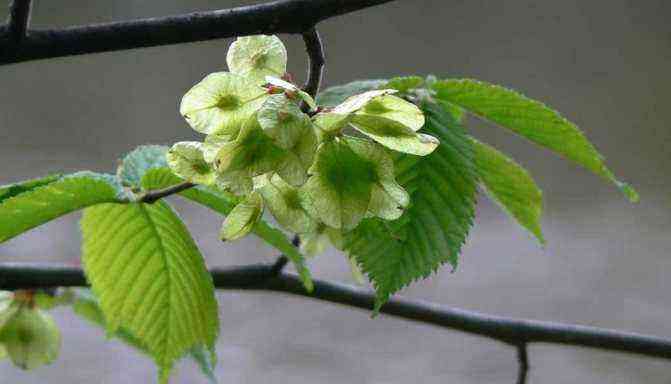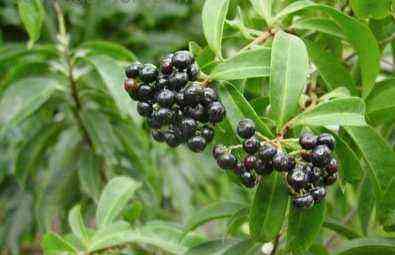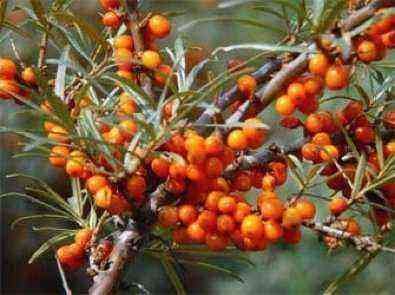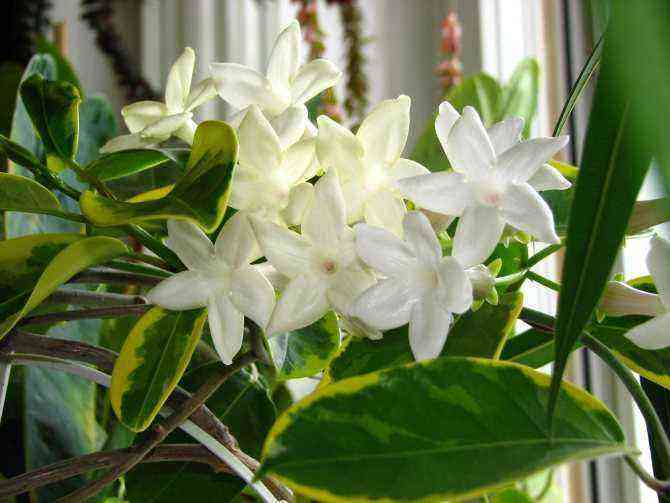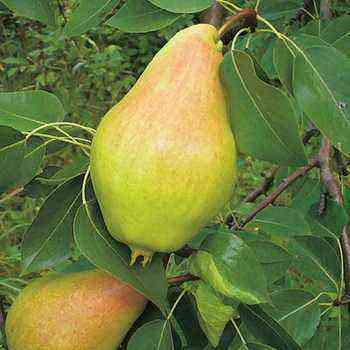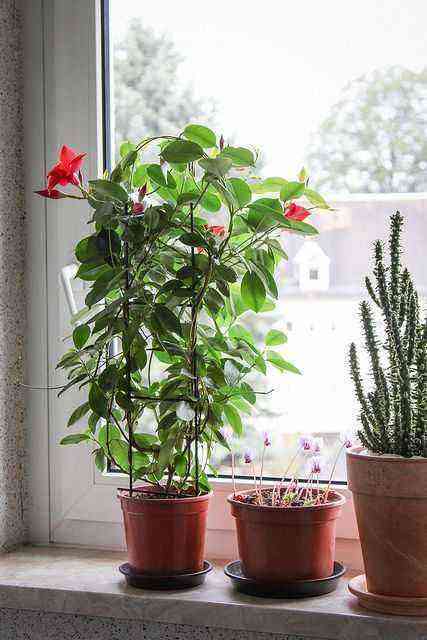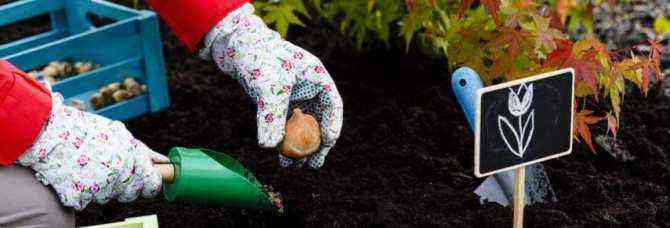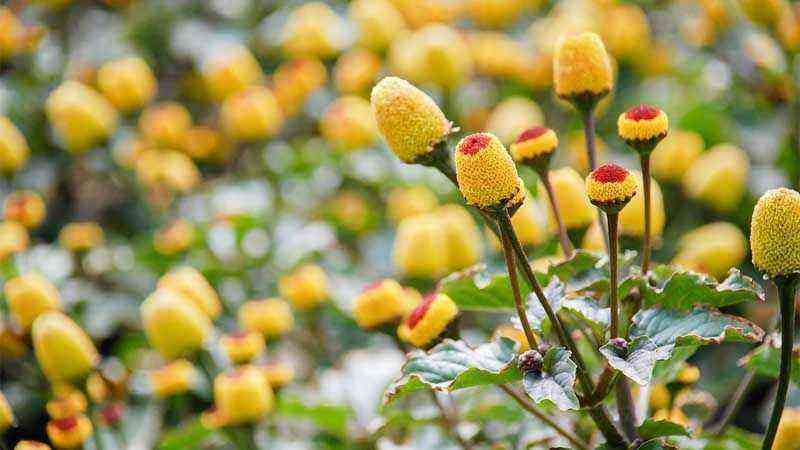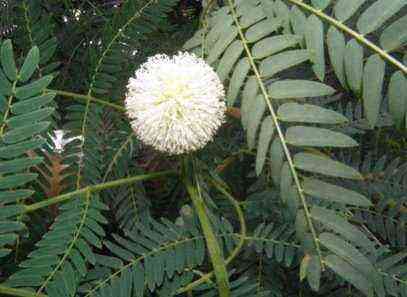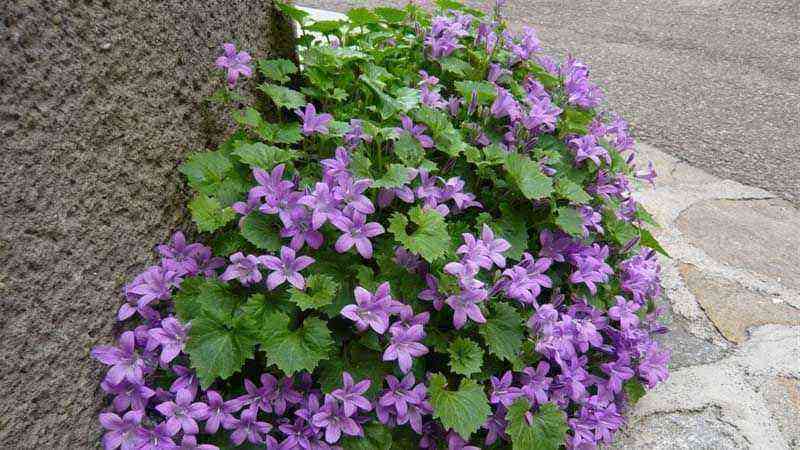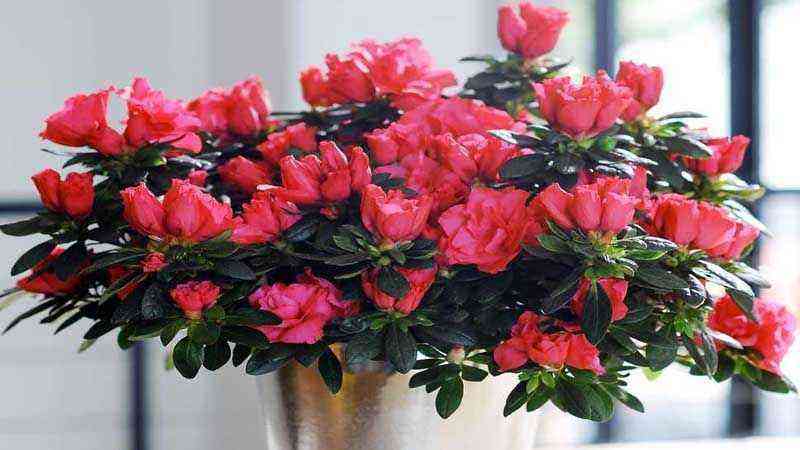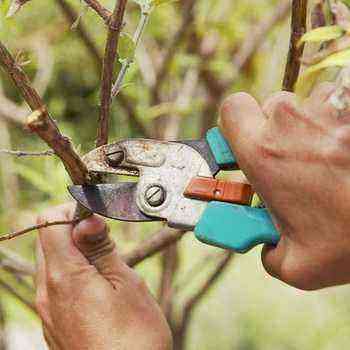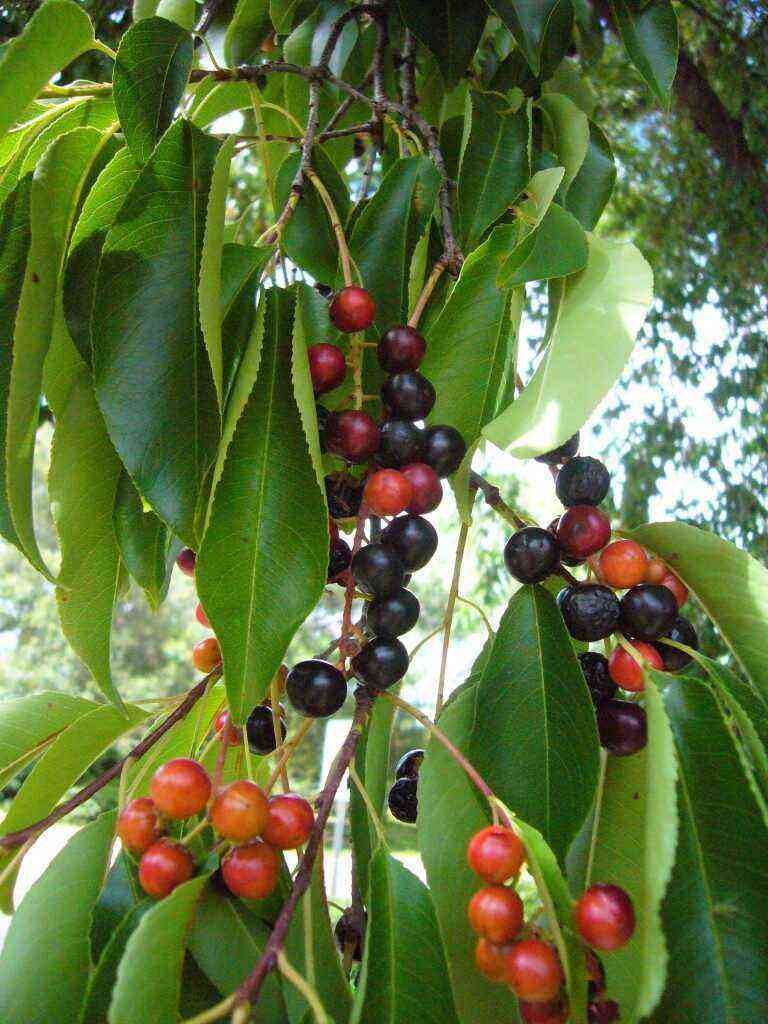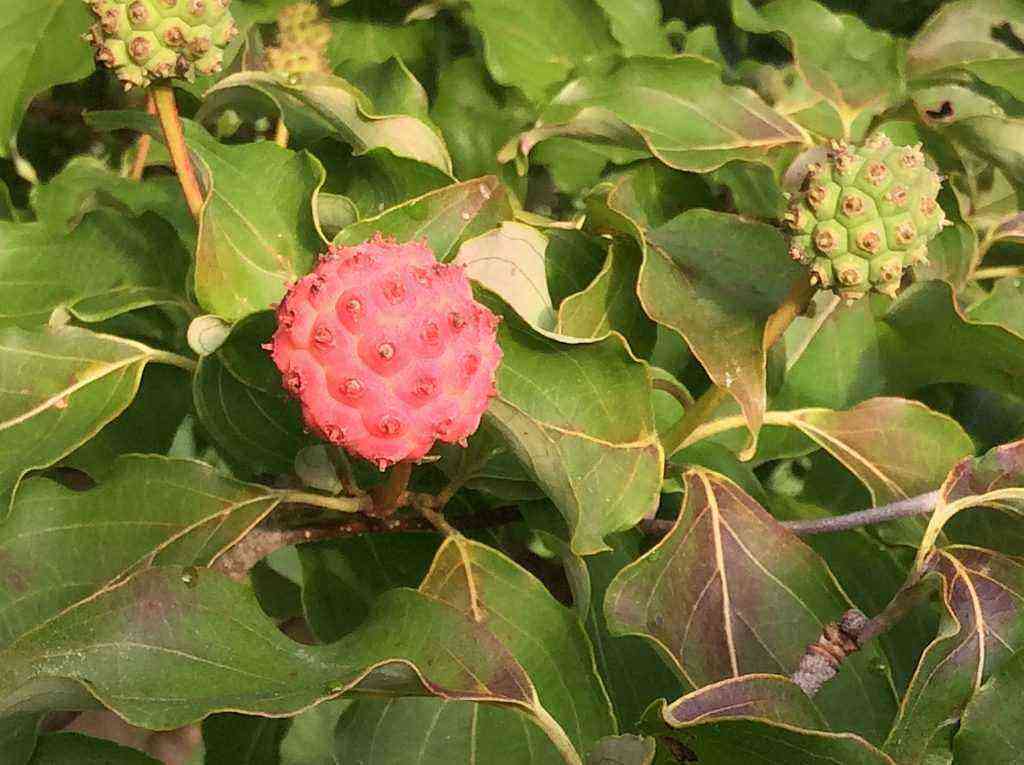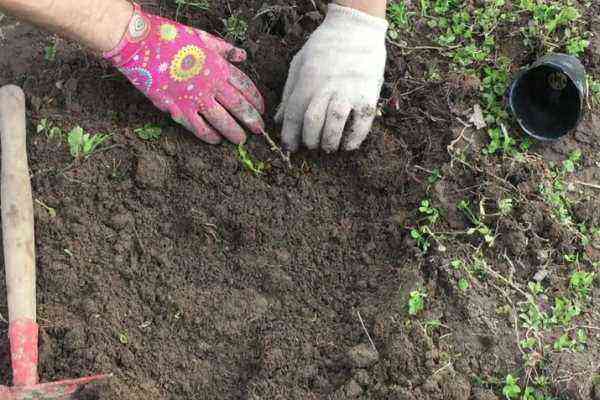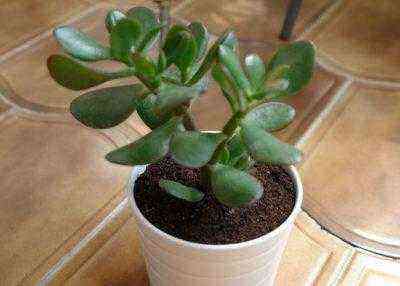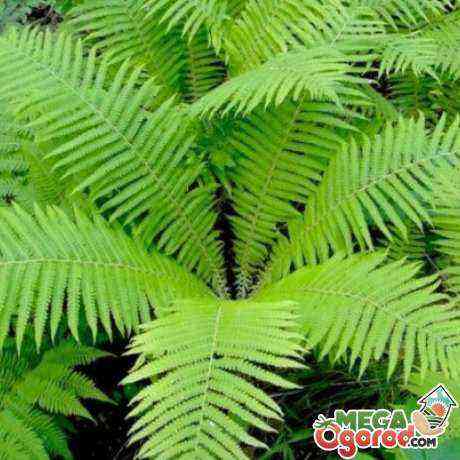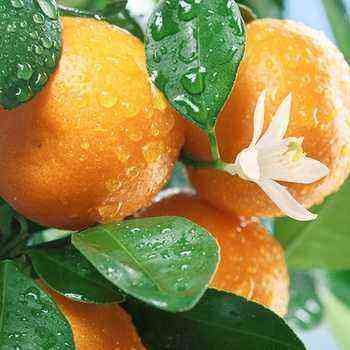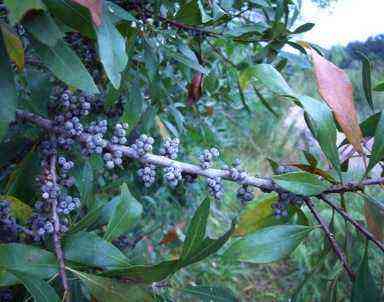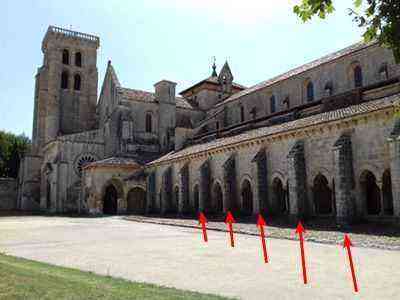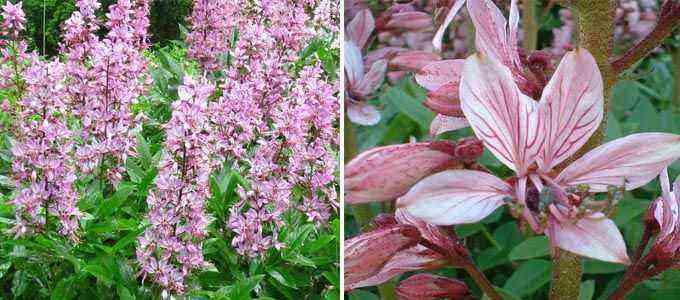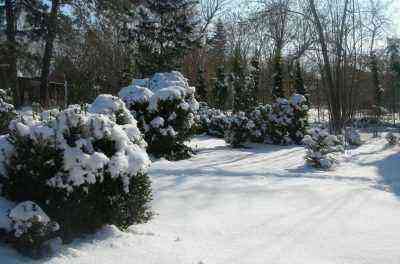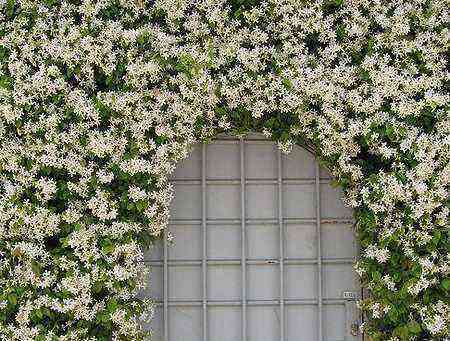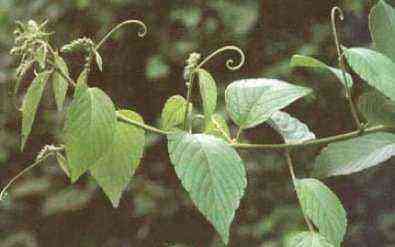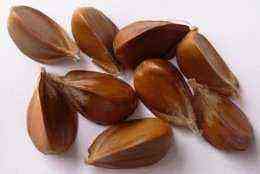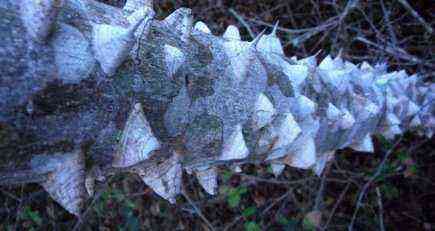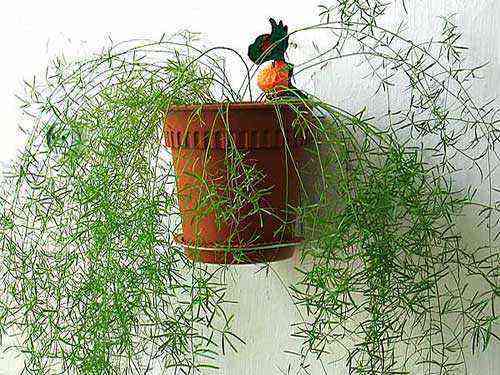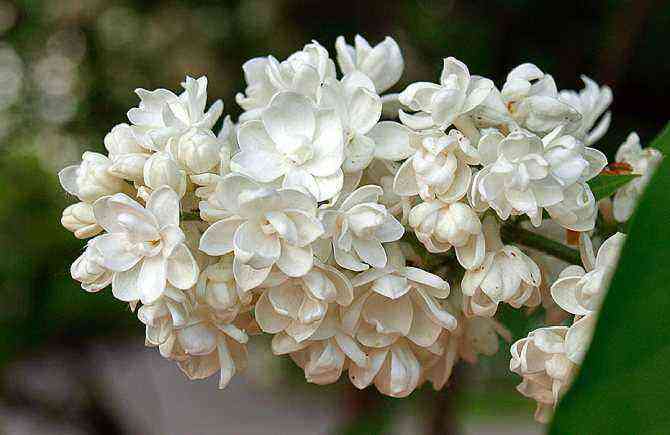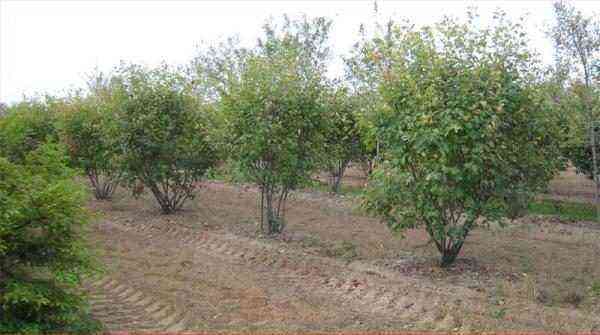Biological description and distribution of the species
The rough elm is a powerful tree with a sprawling cylindrical semi-oval or rounded crown, reaching a height of 30 m.The diameter of the brownish-brown trunk covered with deep longitudinal cracks can reach 0,8 m.Dark brown thickened branches are so densely covered with foliage that sunny light practically does not penetrate into the crown.
Large ovoid leaves with elongated pointed ends about 8-15 cm long, serrated at the edges, in summer a pale green hue, in autumn golden yellow, located on short petioles. Rough leaf blades are covered with an interesting corrugated pattern (ligature).
In the spring, before the appearance of the green mass, the plant is covered with female brownish flowers collected in bunches of several pieces and male anthers of dark purple color. A short flowering lasts from 4 to 7 days, the wind pollinates the tree. The fruits that appear soon look like a small nut with a diameter of about 2,5 cm, bordered by a leathery dry pericarp.
The elm grows in the center and east of Europe, in North America, on the Crimean Peninsula, in the North Caucasus, as well as in Asia Minor.
On the territory of Russia, the most distant northern border of its habitat lies in the south of Karelia, the Komi Republic and the Arkhangelsk region. In the Caucasus Mountains, the elm can rise above 1,4 km.
The culture prefers a temperate climate. It is rare in the southern directions. This tree is a typical representative of deciduous and mixed forests, adjacent to oak and linden as an admixture in the first two tree layers. In the open steppe area, elm can be seen in gully forests, on the slopes of river valleys and ravines.
Botanical description
The common elm can be up to 40 meters high. Its crown looks like a wide cylinder, slightly rounded at the crown. It is formed from thick branches that are directed upwards. The trunk of an elm tree can be up to three meters in diameter.
Check out the common properties of elm species.
It is covered with a smooth brown-brown bark, it cracks and flakes off in thin plates. At the surface of the ground, around the trunk, flat, board-like roots often form. They are necessary to support the massive trunk. Young shoots are light brown in color, with a slight sheen, may have a whitish bloom.
The foliage is oval or ovoid with a pointed end. The base is asymmetrical. In length, the leaves reach 12 centimeters, in width – about 8 centimeters. They are dark green in color, with the underside being slightly lighter than the top. The tree blooms in small color, collected in bunches. The flowering period falls in April-May, until the leaves bloom. Pollination of flowers occurs with the help of the wind. The fruit looks like a small rounded leaf with a seed inside.
The smooth elm can live up to 200-250 years. It differs in the intensity of growth, but only up to 40-50 years – from that moment, growth gradually slows down. The tree is resistant to frost and strong winds. Only young shoots may not survive low temperatures.
Strong elm wood is moisture resistant and is actively used for the manufacture of furniture, rifle butts and other products. Due to its shady crown, the elm is well suited for the arrangement of recreation areas in parks.
The common elm grows in European lands (except for the Iberian Peninsula and the islands of Britain), in the Caucasus, in Asia Minor, in the Chelyabinsk and Sverdlovsk regions, in Kazakhstan. In the north, its habitat extends almost to the edge of the Eurasian continent. It grows mainly in mixed and deciduous forests.

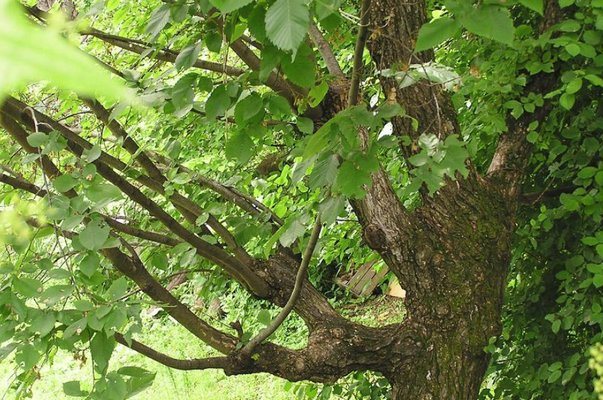
Did you know? In the Middle Ages, water pipes were made from elm wood.
Popular representatives
For decorative purposes, 3 varieties of elm are used, which are very different from each other in the shape and structure of the crown, as well as in the shade of the foliage.
Weeping
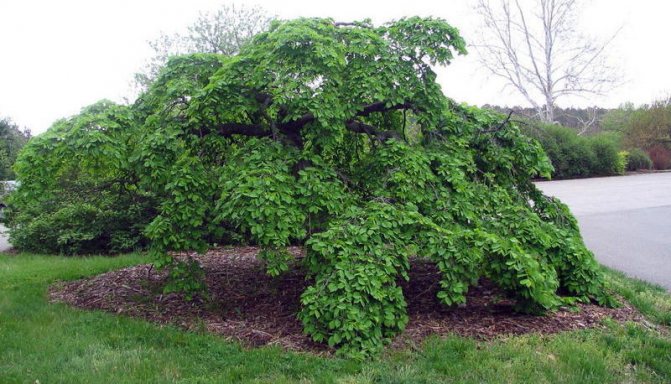
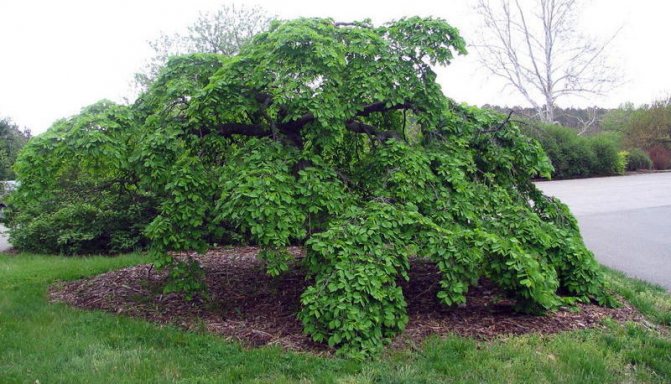
The weeping variation of the rough elm rarely exceeds 4-5 m in height, but it can be more than 10 m wide. A low tree with a hemispherical crown resembling an inverted bowl. Long drooping branches with large rough leaves form a dense shady tent, under which it is nice to hide from the scorching sun’s rays. Benches and cozy gazebos are often placed under these plants.
This elm variety grows better and faster in slightly acidic soil with moderate moisture. When favorable conditions are created, it can live up to 600 years. Unlike other varieties of this culture, in the weeping elm, the foliage does not turn yellow in the fall, but acquires an interesting brownish-greenish color.
Pendula
This species is most widespread in North America and the European continent. A tall and powerful tree reaches 40 meters high (distinctive features: brown bark with embossed deep cracks dotting the trunk, and large, rough to the touch, juicy green leaves). The branches are widely spread and hang down, forming a weeping crown with a flat top.
Due to its spreading dense foliage, Pendula elm is often used for shading, gazebos, terraces, alleys and small squares. To protect the soil from being blown out, as well as to retain snow, it is planted along the edges of fields and along roads.
Kamperdouni
The rough Camperdouni elm is considered a dwarf elm, because in height it rarely exceeds 5 m. The crown of the tree is umbrella-shaped, far outstretched (up to 10 m), while the branches grow down and slightly spread apart. The leaves are large, up to 18-20 cm long, rough and velvety, painted in a rich green color. Branches require constant pruning, because when they reach the surface of the earth, they can rot.
Short description
Elm belongs to deciduous trees, and in nature it can still be found in Scandinavia, in Europe, on the territory of Vladikavkaz. Elm or elm grows in mixed forests as well as in coastal areas. The most popular type is smooth elm or, in other words, common.
Like an oak, an elm is a powerful tree that has lived for centuries. The height of the tree is about three meters on average, and the trunk girth can reach one and a half to two meters. The common elm has a smooth bark, but with age, due to diseases or old age of the tree, cracks appear on the bark and it begins to flake off. Over the years, the bark of the tree takes on a rich brown color. The soil for planting an elm must be rich and fertile. This tree loves moisture and does not tolerate alkaline earth at all. But even in the event of a severe drought, the elm can retain its vital functions.
For a year, young elm shoots can grow one and a half meters and gain a width of up to 20 cm. Young branches have a smooth, thin, light beige structure.
The tree blooms very early – already in March, a mature tree enters the flowering phase. Flowering continues for about a month. After flowering, the tree dissolves rather large, oblong leaves with a pointed tip. Elm foliage develops very quickly, has short petioles. On the back of the leaves there are veins and a small fluff. Below the foliage is light green, almost lettuce, and dark green above. In autumn, the tree looks very decorative – its foliage turns orange, red, yellow. After flowering, the tree bears fruit with a nut inside. If the elm grows in southern areas, and he is not yet 7 years old, then in June-July the fruits ripen. In the northern regions, elm fruits ripen only towards the end of summer.
Elm reproduces in nature by seeds that are carried by the wind, as well as by root suckers. The root system of the tree goes deep into the ground if the soil is dry. On damp ground, the roots of an elm tree grow to the sides.
Peculiarities of growing
The best place to plant any species of mountain elm is a well-lit, sunny area, but the plant also tolerates light partial shade. The tree will grow on any loose and fertile soil, except for highly saline ones. Caring for him is simple, but has a number of features.
Planting and reproduction
The mountain elm is propagated by seed. It can be planted using seedlings purchased from a specialized nursery, or grown from seeds with your own hands. The landing site should be sunny and open. Seeds are sown in grooves at a distance of 20-30 cm between themselves and a little sprinkled with earth. Crops must be watered abundantly.


Young plants easily tolerate transplanting, but they are demanding on the soil, which should be:
- fertile;
- loose;
- constantly well hydrated;
- with a slightly acidic reaction.
Care of a tree
Young seedlings take root faster and develop better in moist soil, so they need daily watering for the first few days after planting. In hot weather, trees need to be watered abundantly at the rate of at least 30-40 liters per plant. Organic and mineral complex fertilizers are regularly applied throughout the growing season.
Trees need constant pruning in order to form a beautiful crown. Formative pruning begins after 4 years of plant life, if necessary, sanitary measures are taken with the removal of dry, broken and growing inward shoots. To create new forms and increase decorativeness, the seedlings are grafted.
Mature trees are distinguished by good frost resistance, so no special shelter is required for the winter. Only in young plants in the first 2-3 years it is recommended to insulate the place of the scion.
Elm is smooth
Application
Smooth elm is widely used in single and group plantings, looks very good in ordinary and alley plantings. It has been known in culture for a long time. Ornamental varieties of smooth elm are usually planted singly or in small groups.
Other names
The modern name of this tree comes from the Celtic word “elm”, which later spread throughout the world, having undergone minor changes. And in German, these trees are known under the name “Ulme”. In Russia, each separate species of elm received its own name.
Features of growth
Life expectancy is up to 200-300 years. It grows well only in deep, fresh soils. In urban conditions, especially in street plantings, on dry and poor soils, it has weak growth, early leaf fall and drying of the crown. Substantial soil compaction and asphalt pavement can also significantly delay soil growth. It does not tolerate shading and urban, road dustiness, and also will not put up with soil salinity. Known decorative forms: silver-motley (f. Argenteo-variegata), golden-motley (f. Aureo-variegata), red (f. Rubra) – with reddish leaves, cut, lip-leaved (f. Tiliaefolia) – with cordate-rounded leaves resembling linden leaves (f. incisa) – with dissected leaves and grooves between them.
Care
Most varieties of elm are very unpretentious plants that tolerate both lack of moisture and excessive moisture; they develop well on saline soils, and on stony placers and rocks, even on riverine sands and pebbles. We are ready to put up with a lack of heat in the north and an excess of it in the deserts. It is precisely those areas that are characterized by extremely variable environmental factors, to one degree or another unfavorable for tree growth and forest development, that are typical of plant communities with a predominance of elms.
Smooth elm in natural conditions, as a rule, grows in “company” with other deciduous species, mostly hard; the roots of the elm, both lateral and pivotal, are highly developed and go deeper, in connection with which it needs deep and loose soil; the optimum degree of freshness of the soil and the abundance of humus in it are important conditions for successful growth. Although, it grows satisfactorily on flooded areas, and even on swampy ones.
Under favorable conditions for the tree, the growth of elms in youth is relatively fast; At about 40 years of age, development in height begins to gradually decrease, although it continues until the age of 80 to 100 years. Moreover, individual trees at times reach a height of 30 m (usually 10-20 m). Significantly shading the soil and the trees growing under its canopy, the elm itself tolerates shading very well.
Bark
When a tree is in the active growth stage, its bark is rather thin and smooth. But, the older the tree, the more rough and uneven it becomes. Once fully strengthened, the rich gray-brown shade of the elm bark will be covered with many deep cracks.
Leaves
The leaves almost never exceed a length of 15 cm. Their rich dark green color disappears with the onset of cold weather, and they acquire a classic yellow-brown hue.
